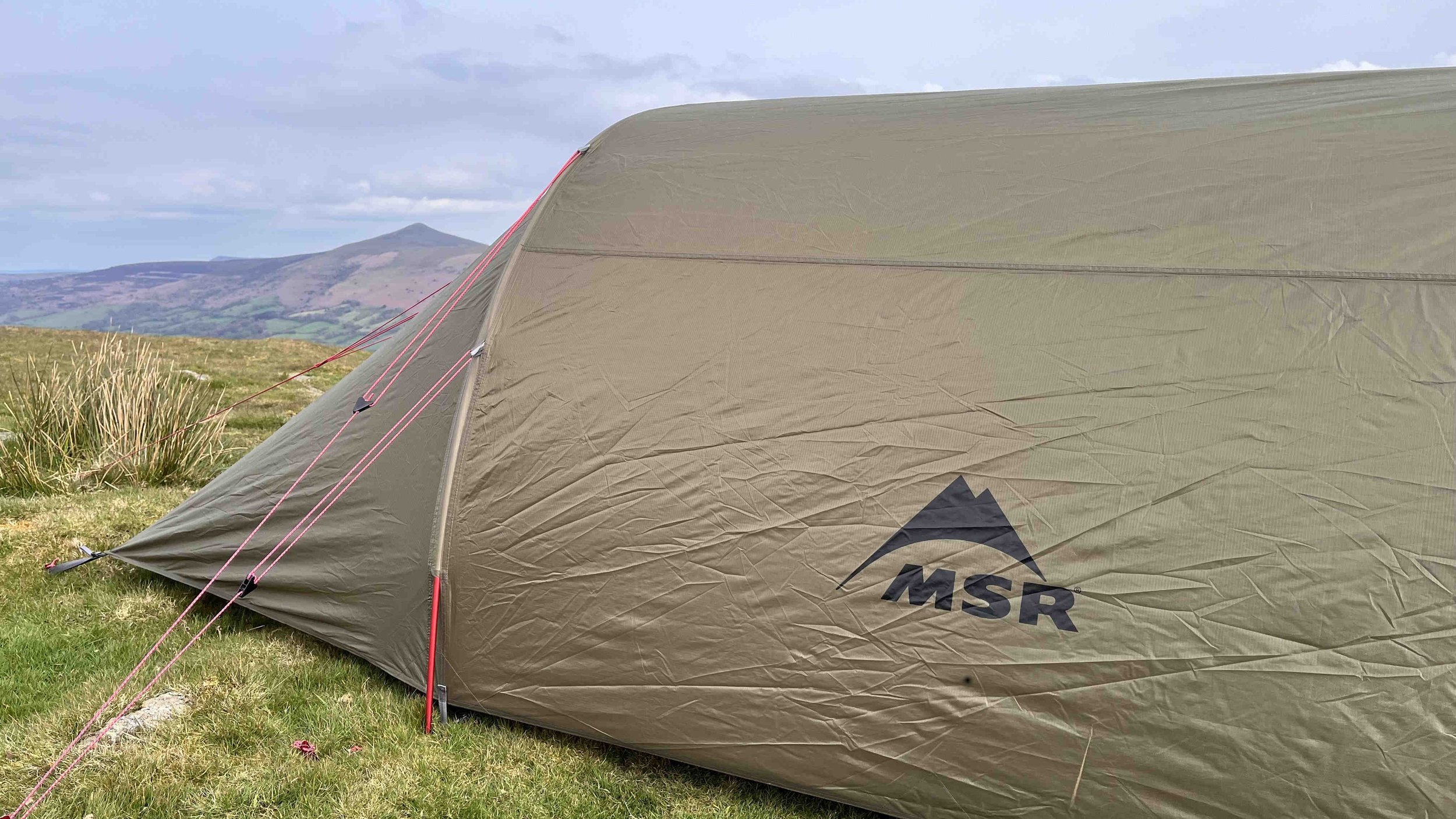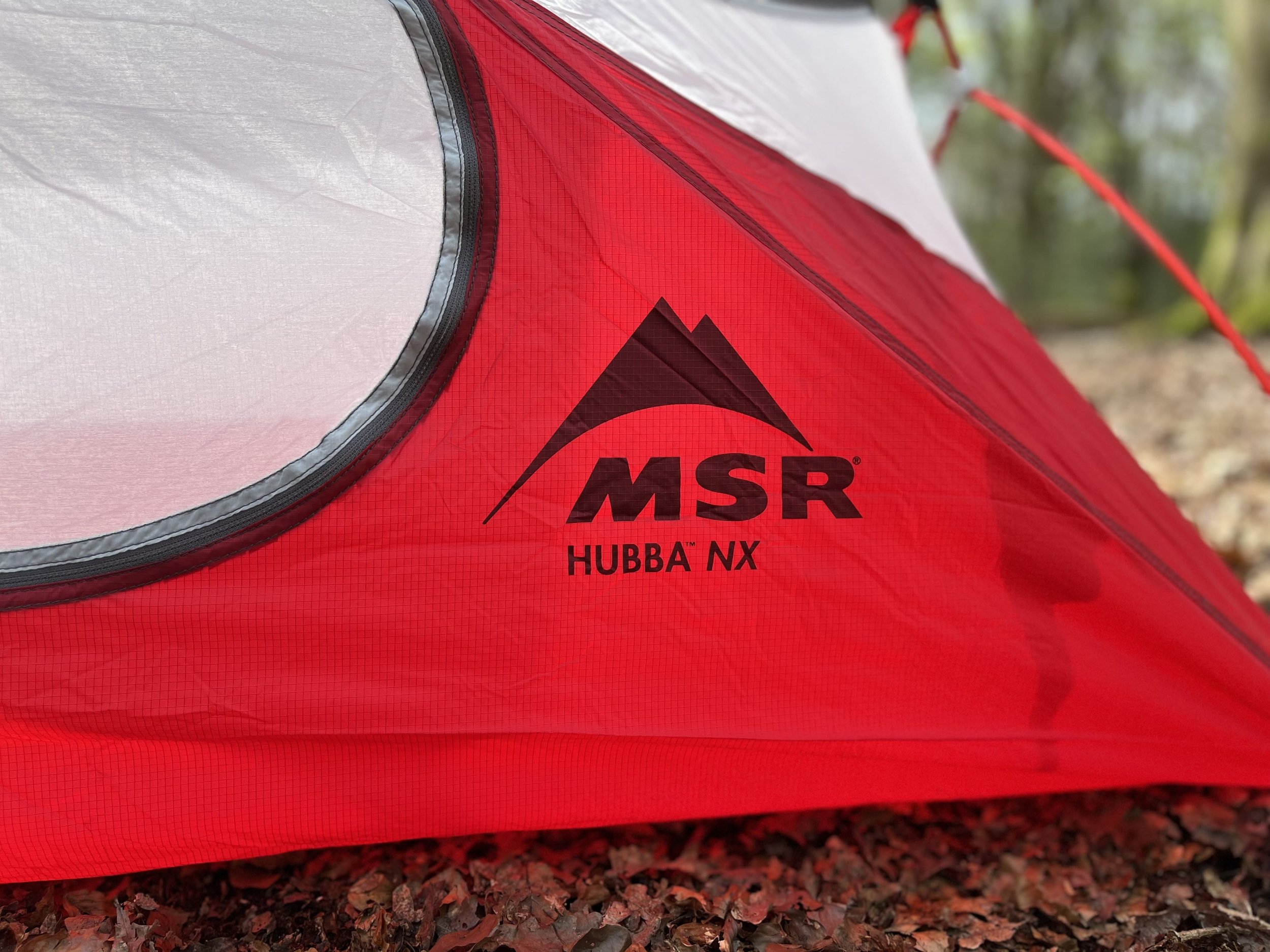
MSR
Mountain Safety Research — better known as MSR — has been a leading name in outdoor shelters and equipment since 1969. Founded in Seattle by engineer and mountaineer Larry Penberthy, MSR started life as a company focused on improving climbing safety through better equipment design. That same obsession with reliability and function quickly expanded into other areas of the outdoors, helping MSR become one of the world’s most trusted names in tents, stoves and essential backcountry gear.
Today, MSR’s product range covers everything from lightweight backpacking tents and expedition shelters to compact stoves, cooking systems, water filters and snow tools. What ties it all together is a clear, unwavering design philosophy: make kit that works, and works when you need it most. MSR gear is built to be functional, durable and straightforward — often deliberately avoiding the flashy features or overcomplicated systems that newer brands sometimes chase. In a world where kit can sometimes feel overloaded with bells and whistles, MSR’s commitment to no-frills excellence is a breath of fresh air.
In our experience, MSR gear shines when conditions deteriorate and reliability becomes everything. Their tents might not have endless storage pockets or innovative gimmicks, but they’re fast to pitch, rock solid in bad weather and impressively lightweight for their level of protection. Their stoves, similarly, prioritise fuel efficiency, dependability and simplicity over anything unnecessary. It’s gear you can trust to do its job — quietly, efficiently, without drama.
If you’re searching for the best MSR gear for your adventures, our MSR gear reviews bring together real-world testing across British mountain and wild camping conditions. Whether you need a bombproof tent for stormy nights or a stove that just lights first time, every time, we break down what MSR products are like to actually live with out on the trail.
The GBAC’s Take
MSR gear always feels purpose-built for serious outdoor use. While their kit might lack flashy extras, we’ve found it consistently delivers dependable performance — especially when staying safe and dry matters most.




Could this be one of the most comfortable ways to camp in poorer conditions?